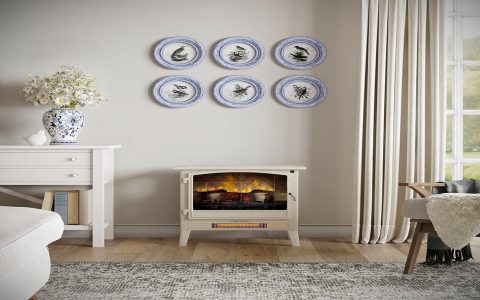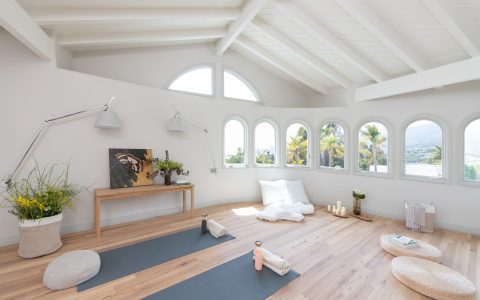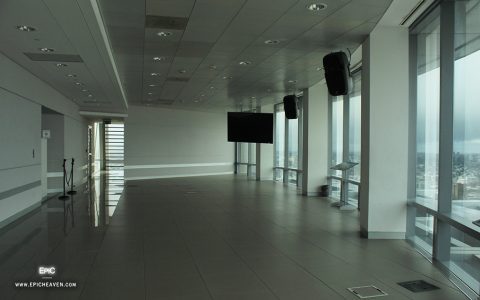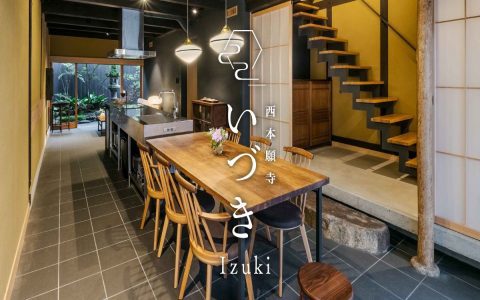Understanding the Interior Design Lookbook
An interior design lookbook is a curated visual presentation that captures the essence of a specific design style, project concept, or brand aesthetic. It serves as a powerful communication tool, translating abstract ideas into a tangible visual narrative, guiding design direction and facilitating client understanding.
Core Elements of an Effective Lookbook
A comprehensive lookbook typically incorporates several key visual and descriptive components to articulate the design vision with precision:
- Inspirational Imagery: High-quality photographs of existing interiors, architectural details, art, nature, or lifestyle elements that evoke the desired mood, atmosphere, and overall feeling.
- Color Palette: A clearly defined selection of primary, secondary, and accent colors. This is often presented with digital swatches, paint chips, or integrated into mood boards to show color harmonies.
- Material & Texture Board: Visual representations, and sometimes physical samples, of key materials. This includes fabrics (e.g., linen, velvet, leather), woods (e.g., oak, walnut), metals (e.g., brass, matte black), stone, tiles, and other finishes, emphasizing their textural qualities and interplay.
- Key Furniture & Decor Selections: Images, sketches, or renderings of representative furniture pieces (sofas, chairs, tables), lighting fixtures (pendant, floor, table lamps), and significant decorative accessories (rugs, artwork, window treatments) that align with the chosen style.
- Spatial Layout Concepts (Optional): Basic floor plan sketches or diagrams indicating potential furniture arrangements or zoning of spaces, particularly for project-specific lookbooks.
- Concept Narratives & Keywords: Brief, evocative textual descriptions or a list of keywords (e.g., "serene minimalism," "eclectic modern," "biophilic comfort") that articulate the core design philosophy, theme, or the story behind the visuals, adding depth and context.
The Strategic Value of a Lookbook in Interior Design
Lookbooks offer significant strategic advantages throughout the interior design process, benefiting both designers and clients:
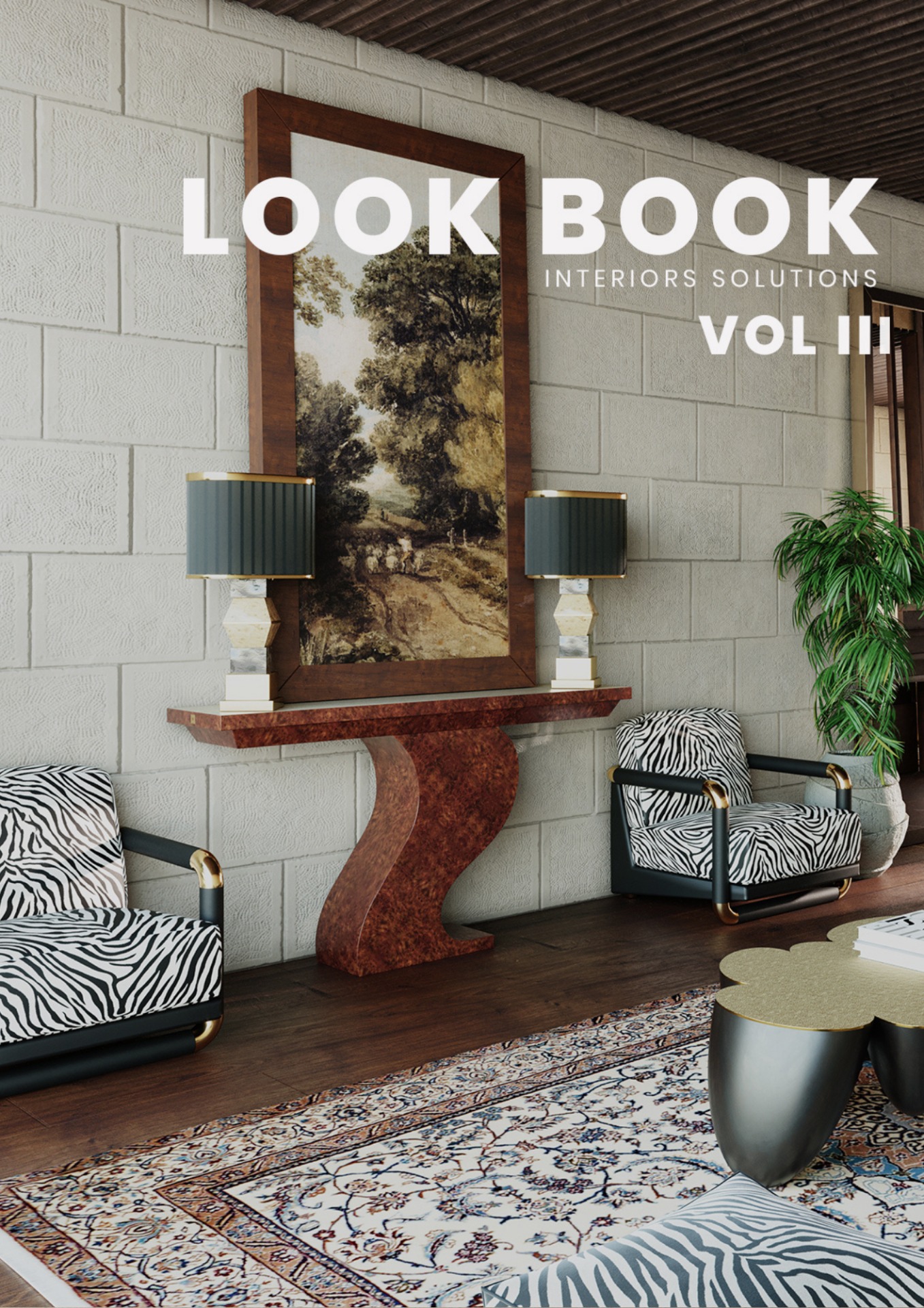
- Enhanced Client Communication: Provides a concrete visual language, bridging the gap between abstract design ideas and client comprehension. It ensures all stakeholders share a common understanding of the aesthetic direction from the outset.
- Ensuring Design Cohesion: Acts as a consistent reference point throughout the project lifecycle. It guides all subsequent design decisions, helping to maintain stylistic integrity in color choices, material selections, and furniture sourcing.
- Facilitating Decision-Making: Empowers clients by helping them visualize the potential end result more clearly, enabling them to make informed and confident decisions regarding specific design elements and selections.
- Professional Brand Articulation: For design firms, a well-crafted lookbook serves as a powerful portfolio piece, effectively showcasing their unique style, design capabilities, and attention to detail to prospective clients and collaborators.
- Streamlining Project Kick-off: Establishes a solid, visually agreed-upon foundation, making the initial phases of a project more efficient and focused.
- Inspiration and Ideation Catalyst: Serves as a dynamic source of inspiration not only for clients but also for the design team, sparking further creative development and refinement of the initial concept.

